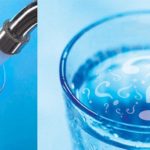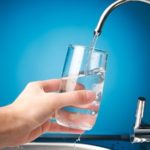Reverse osmosis (RO) water purifiers effectively remove impurities and harmful substances from your water supply, providing your family with clean and healthy water. Today, we’ll address four common misconceptions about these machines.
1 Can I Drink Water Directly From an RO Water Purifier?
 Can I drink water directly from an RO water purifier?
Can I drink water directly from an RO water purifier?
The answer is yes! Water that has passed through the multiple filtration stages will be pure and safe to drink, so there’s no need to boil it first.
2 Do Water Purifiers With More Filter Stages Produce Cleaner Water?
Each filter stage serves a specific purpose, so increasing the number of stages will enhance the purifier’s overall functionality. Consequently, machines with more filters tend to be more expensive.
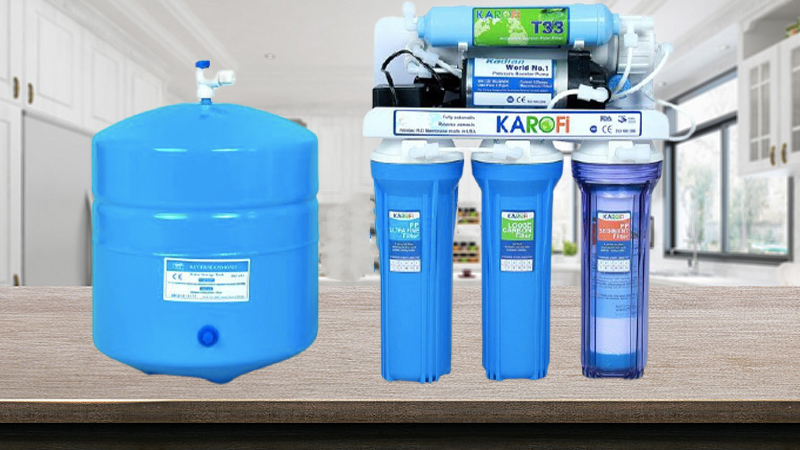
It’s important to research the specific filters used in a purifier before purchasing. Additionally, the quality of the output water depends on both the input water source and the performance of the filtration system.
3 Can I Use a Water Purifier for Years Without Replacing the Filters?
This is a misconception that can be harmful. Filter replacement schedules are provided by manufacturers to ensure the purifier continues to meet water purity standards. The replacement frequency also depends on the quality of your input water.
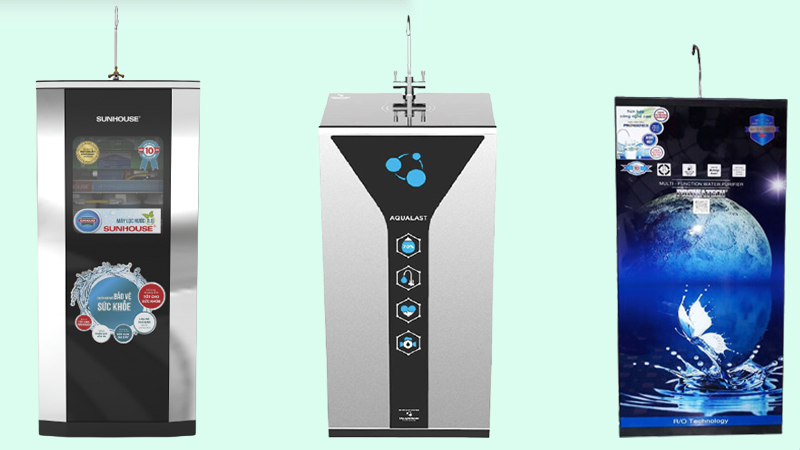
Here are the recommended filter replacement schedules for some popular brands:
Kangaroo Water Purifier Filter Replacement Schedule
PP 5 Micron Filter: Replace every 3-6 months.
OCB-GAC Filter: Replace every 6-9 months.
Cation Filter: In areas with treated water, replace every 10 months; in areas with well water, replace every 7-8 months.
PP 1 Micron Filter: Replace every 6-9 months.
CTO-GAC Filter: Replace every 12 months.
RO Membrane: Replace every 24-36 months.
Aqualast RO Membrane: Replace every 24-36 months.
T33-GAC Filter: Replace every 12 months.
ORP Alkaline Filter: Replace every 12 months.
Mineral Stone Filter: Replace every 12 months.
Far Infrared Filter: Replace every 12 months.
Nano Silver Filter: Replace every 12 months.
UV Lamp: Replace after 8,000 hours of use.
Sunhouse Water Purifier Filter Replacement Schedule
Filter 1: Replace every 3-6 months.
Filter 2: Two types – Type 1: Replace every 6-9 months; Type 2: Replace every 3-6 months.
Filter 3: Replace every 6-9 months.
Filter 4: Replace every 24 months.
Filter 5: Replace every 12 months.
Filter 6: Replace every 12 months.
Filter 7: Replace every 12 months.
Filter 8 (Maifan Stone): Replace every 12 months.
Filter 9: Replace every 12 months.
Filter 10: Replace every 12 months.
Karofi Water Purifier Filter Replacement Schedule
Filter 1: Replace every 3-6 months.
Filter 2: Replace every 6-9 months.
Filter 3: Replace every 6-9 months.
Filter 4: Replace every 24-36 months.
Filter 5: Replace every 24 months.
Filter 6: Replace every 12 months.
Filter 7: Replace every 12 months.
Filter 8: Replace every 24 months.
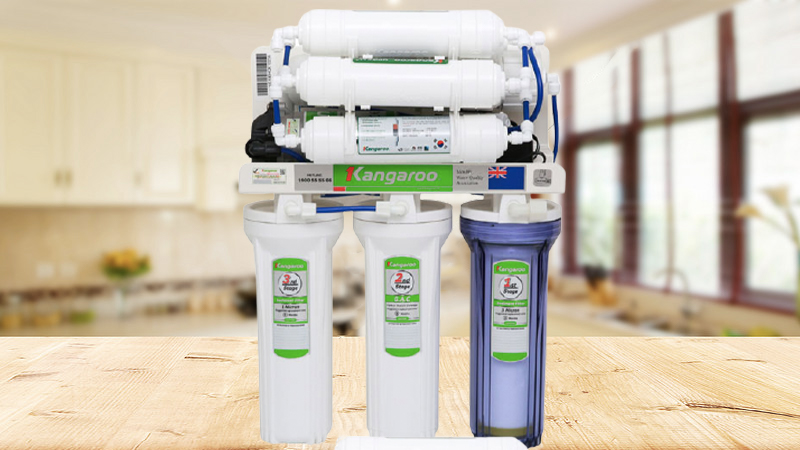
Failing to replace filters on time can lead to the following issues:
Reduced Water Quality: The water may no longer meet purity standards, and drinking it could be harmful to your health.
Insufficient Water Supply: Over time, the buildup of impurities in the filters can lead to blockages, reducing the filtration rate and resulting in an inadequate water supply.
Decreased Purifier Lifespan: If one filter reaches the end of its lifespan and is not replaced, it can negatively affect the lifespan of the other filters.
4 Nano Water Purifiers Are Better Than RO Water Purifiers
There are two main water purification technologies on the market:
– Nano Technology (using activated carbon).
– RO Technology (reverse osmosis).

Your choice between an RO or Nano water purifier depends on your specific needs. Here’s a comparison of the two technologies:
Water Source
– RO Water Purifiers: Can purify water from all sources except water containing high levels of tannin or acid.
– Nano Water Purifiers: Can purify water from all sources, but the filters need to be replaced more frequently, and the machine cannot remove salt from water.
Water Quality
– RO Water Purifiers: Removes all impurities, bacteria, and minerals, and can add beneficial minerals. The purified water is safe to drink without boiling.
– Nano Water Purifiers: Produces water that is safe to drink directly, but it retains natural minerals (including beneficial and harmful ones).
Purification Efficiency
– RO Water Purifiers: Typically produce 30% – 70% pure water, meaning that out of 10 liters of input water, you get 3-7 liters of drinking water. The remaining water can be used for tasks like washing vegetables, dishes, or bathing.
– Nano Water Purifiers: Achieves 100% water purification efficiency.
Electricity Requirement
– RO Water Purifiers: Requires electricity. However, in the event of a power outage, the built-in pressure tank ensures a sufficient water supply for your family.
– Nano Water Purifiers: Does not require electricity.
We hope that this information helps you make an informed decision when choosing a water purifier. Stay healthy!
Jane’s Weight Loss Journey Despite Unconventional Habits
Do you desperately wish you could enjoy the same food your friends and family do without worrying about gaining weight? Are you feeling frustrated trying to find clothing that fits due to your strict diet? DienmayXANH.com is here to help! Discover how to maintain your weight easily without depriving yourself with the information below.
























